The Art of Healthy Living: A Comprehensive Guide to Leading a Healthy Lifestyle
Introduction
In today’s fast-paced world, where we often find ourselves juggling numerous responsibilities, it’s easy to overlook the most important one: taking care of our health. The Art of Healthy Living isn’t just a trend; it’s a fundamental aspect of a fulfilling life. This comprehensive guide will explore the key elements of healthy living, delving into the realms of balanced nutrition, regular exercise, mental wellness, and beyond. By the time you finish reading, you’ll be armed with the knowledge and motivation to embark on your personal journey toward a happier, healthier you.
Balanced Nutrition: Nourishing Your Body and Mind
When it comes to the art of healthy living, it all starts with what you put on your plate. Balanced nutrition is the foundation upon which your health is built. It’s about fueling your body with the right nutrients, so it can function optimally. Here are some key principles to remember:

- Eat a Rainbow: A colorful diet is a healthy diet. Fruits and vegetables of various colors provide a wide range of vitamins, minerals, and antioxidants. Aim to include a variety of these in your daily meals.
- Lean Proteins: Incorporate lean protein sources into your diet, such as poultry, fish, beans, and tofu. Protein is essential for muscle repair, growth, and overall health.
- Whole Grains: Opt for whole grains like brown rice, quinoa, and whole wheat bread instead of refined grains. They provide more fiber and nutrients, keeping you full and satisfied.
- Healthy Fats: Don’t shy away from fats; just choose the right kind. Avocados, nuts, seeds, and olive oil are sources of healthy fats that support brain health and overall well-being.
- Mindful Eating: Practice mindful eating by savoring each bite, paying attention to your body’s hunger and fullness cues, and avoiding distractions during meals. This helps you enjoy your food more and prevents overeating.
Hydration: The Elixir of Life
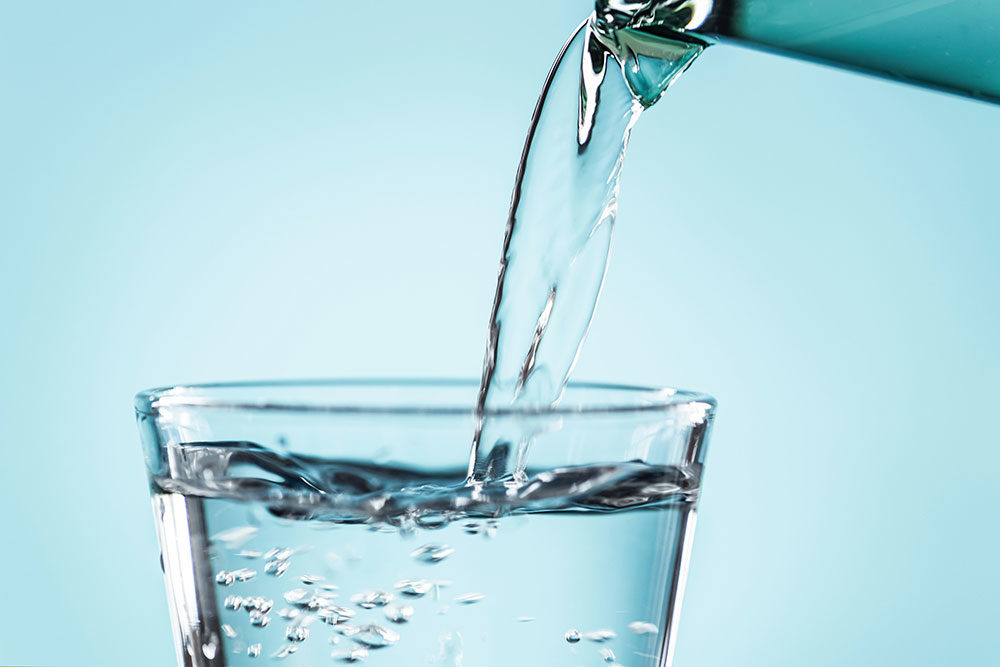
Staying well-hydrated is fundamental to the art of healthy living. Water is involved in nearly every bodily function, from regulating body temperature to aiding digestion. Aim to drink at least eight glasses of water a day, and adjust this based on your activity level and climate. Herbal teas and infused water can add flavor and variety to your hydration routine.
Regular Exercise: Energize Your Body and Mind
Exercise isn’t just about physical appearance; it’s about feeling your best. Regular physical activity boosts your mood, increases energy levels, and reduces the risk of chronic diseases. Here’s how to incorporate exercise into your daily life:

- Find What You Love: The key to sticking with an exercise routine is finding activities you genuinely enjoy. Whether it’s jogging, dancing, swimming, or hiking, choose activities that make you look forward to being active.
- Set Realistic Goals: Set achievable fitness goals to keep yourself motivated. It could be running a certain distance, lifting a specific weight, or mastering a yoga pose. Celebrate your progress along the way.
- Variety Is Key: Mix up your workouts to prevent boredom and target different muscle groups. Include cardiovascular exercises, strength training, and flexibility routines in your weekly plan.
- Consistency Matters: Aim for at least 150 minutes of moderate exercise or 75 minutes of vigorous exercise per week, as recommended by health authorities. Consistency is key to reaping the benefits of physical activity.
Strength Training: Building a Strong Foundation

Incorporating strength training into your fitness routine is essential for overall health. It helps build lean muscle mass, which boosts metabolism and supports joint health. Include exercises that target all major muscle groups at least two days a week. This can be achieved through bodyweight exercises, resistance bands, or free weights.
Prioritize Mental Wellness: Nurturing Your Mind and Soul
The art of healthy living extends beyond physical health; it encompasses mental and emotional well-being as well. Here’s how to prioritize your mental wellness:

- Stress Reduction: Chronic stress can take a toll on your physical and mental health. Practice stress-reducing techniques such as meditation, deep breathing exercises, and mindfulness to find a sense of calm amidst life’s challenges.
- Emotional Intelligence: Develop emotional intelligence by recognizing and managing your emotions effectively. This can improve your relationships, reduce conflicts, and enhance your overall well-being.
- Cultivate Positivity: Focus on positive thinking and gratitude. Keep a journal of things you’re thankful for, and challenge negative thought patterns.
- Seek Support: Don’t hesitate to seek professional help if you’re struggling with your mental health. A therapist or counselor can provide guidance and support.
Quality Sleep: The Cornerstone of Well-Being

Adequate, restful sleep is often overlooked but is a critical component of a healthy lifestyle. Here’s how to improve your sleep quality:
- Establish a Bedtime Routine: Create a relaxing bedtime routine to signal to your body that it’s time to wind down. This could include reading, gentle stretching, or taking a warm bath.
- Create a Comfortable Sleep Environment: Ensure your bedroom is conducive to sleep by keeping it dark, cool, and quiet. Invest in a comfortable mattress and pillows.
- Limit Screen Time Before Bed: The blue light emitted by electronic screens can interfere with your sleep patterns. Avoid screens at least an hour before bedtime.
- Consistent Sleep Schedule: Go to bed and wake up at the same time every day, even on weekends. This helps regulate your body’s internal clock.
Social Connections: Nourishing Your Soul
Building and maintaining meaningful relationships is integral to your well-being. Social connections provide emotional support, reduce feelings of loneliness, and contribute to a sense of belonging. Here’s how to nurture your social connections:
- Prioritize Quality Time: Make time for social activities and prioritize spending quality time with family and friends. Engage in activities that you all enjoy.
- Communication: Open, honest communication is key to maintaining healthy relationships. Share your thoughts and feelings with loved ones, and encourage them to do the same.
- Balance Your Social Life: Balance your social life with your other responsibilities. Don’t overextend yourself, and remember that it’s okay to say no when necessary.
Conclusion: Embrace The Art of Healthy Living
In conclusion, the art of healthy living is a multifaceted journey that encompasses balanced nutrition, regular exercise, mental wellness, and nurturing social connections. It’s not about perfection but progress. Start with small, manageable changes, and build from there. By focusing on these core principles, you’ll not only improve your physical health but also enhance your mental and emotional well-being. Remember, your health is an investment in your future happiness and vitality. Embrace the art of healthy living, and watch as it transforms every aspect of your life.
As you embark on your personal journey towards a healthier lifestyle, keep in mind that this guide is just the beginning. Adapt it to your individual preferences and needs, and consult with healthcare professionals or experts as necessary. With dedication and persistence, you can craft a life filled with energy, joy, and well-being.
If you found this article helpful or inspiring, please check out our Instagram.HEALTH HEAVEN JOURNEY and also follow us on HEALTH HEAVEN JOURNEY .For more content that aims to ignite a fervent passion for health and wellness within you. Together, we can kindle a flame that will illuminate the path to better mental health for us all.
Certainly! Here are some frequently asked questions (FAQs) for “The Art of Healthy Living: A Comprehensive Guide to Leading a Healthy Lifestyle”:
Q1: What is the main focus of “The Art of Healthy Living” blog? A1: The main focus of “The Art of Healthy Living” blog is to provide a comprehensive guide on leading a healthy lifestyle. It covers various aspects including balanced nutrition, regular exercise, mental wellness, and nurturing social connections.
Q2: Why is balanced nutrition emphasized in this guide? A2: Balanced nutrition is emphasized because it forms the foundation of a healthy lifestyle. It provides the necessary nutrients for the body to function optimally and supports overall well-being.
Q3: How can I incorporate mindfulness into my eating habits? A3: Practicing mindful eating involves being present in the moment while you eat. Pay attention to the flavors, textures, and sensations of the food. Avoid distractions and savor each bite. This helps promote healthier eating habits.
Q4: What types of exercises are recommended for maintaining a healthy lifestyle? A4: The guide suggests a variety of exercises including cardiovascular activities like jogging or dancing, strength training exercises to build lean muscle, and flexibility routines such as yoga. The key is to find activities you enjoy and that align with your fitness goals.
Q5: How can I prioritize mental wellness in my daily life? A5: Prioritizing mental wellness involves practices like stress reduction techniques (e.g., meditation, deep breathing), developing emotional intelligence, cultivating positivity, and seeking support when needed. These strategies contribute to a healthier mind and emotional well-being.
Q6: Why is sleep considered the cornerstone of well-being? A6: Adequate, restful sleep is essential for overall health. It helps with physical recovery, cognitive function, and emotional well-being. Establishing a consistent sleep routine and creating a comfortable sleep environment are crucial for quality rest.
Q7: How can I nurture social connections for better well-being? A7: Nurturing social connections involves prioritizing quality time with family and friends, effective communication, and finding a balance between social activities and personal responsibilities. Building meaningful relationships provides emotional support and a sense of belonging.
Q8: How can I incorporate the principles of “The Art of Healthy Living” into my daily routine? A8: Start with small, manageable changes. Focus on one aspect at a time, whether it’s improving your nutrition, incorporating regular exercise, or practicing mindfulness. Consistency is key, and over time, these changes will become ingrained in your lifestyle.
Q9: Are there any resources or professionals recommended for additional guidance? A9: Consulting with healthcare professionals, registered dietitians, fitness trainers, and mental health experts can provide personalized guidance based on individual needs. They can offer tailored advice and support in your journey towards a healthier lifestyle.
Q10: How can I stay motivated on my journey towards a healthier lifestyle? A10: Setting realistic goals, celebrating progress, and finding activities you genuinely enjoy are key to staying motivated. Remember, the journey towards a healthier lifestyle is a personal one, and it’s important to be kind to yourself along the way.
These FAQs provide additional information and guidance for readers looking to implement the principles outlined in “The Art of Healthy Living” blog into their own lives.

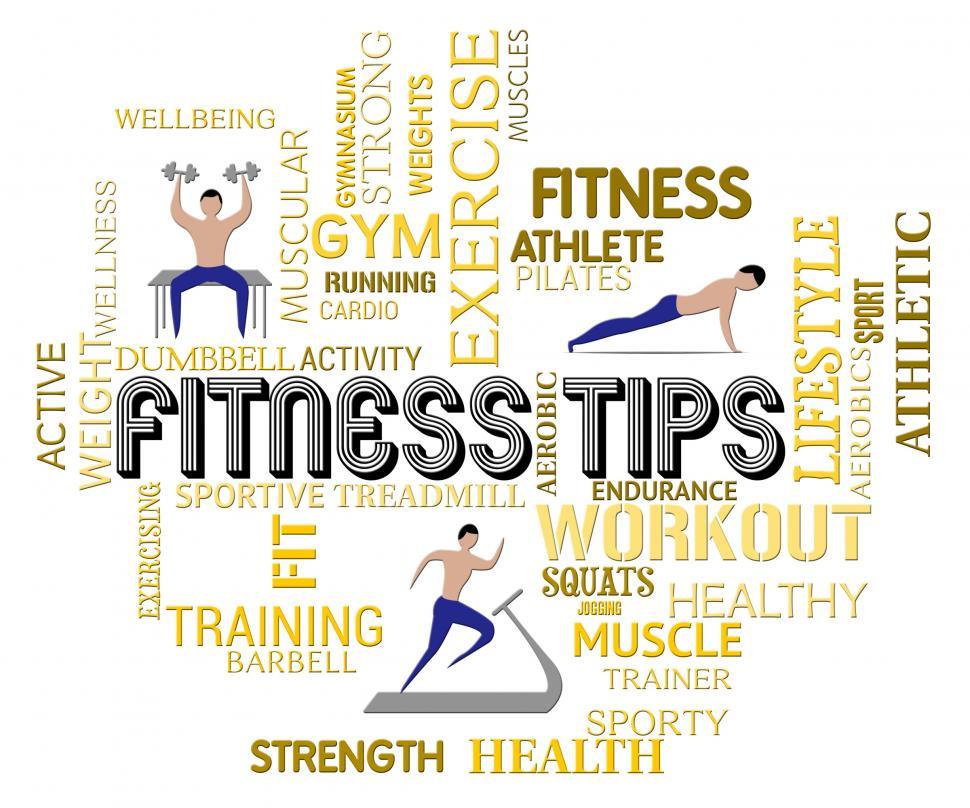


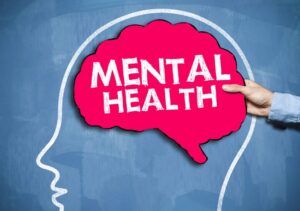
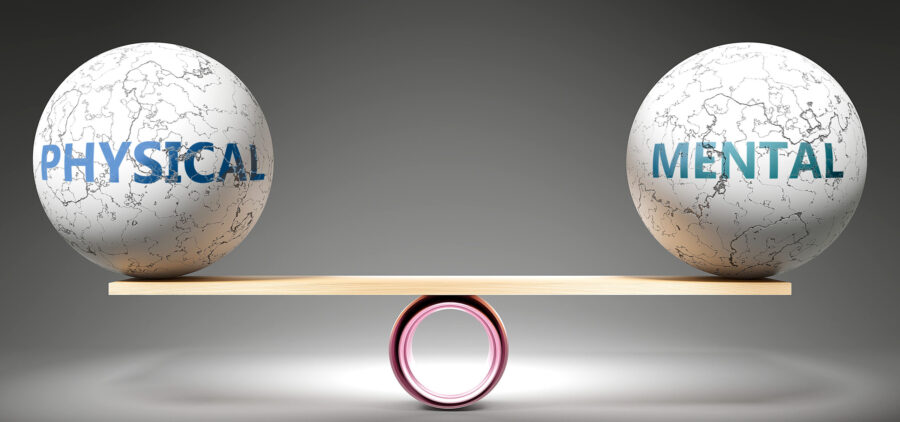
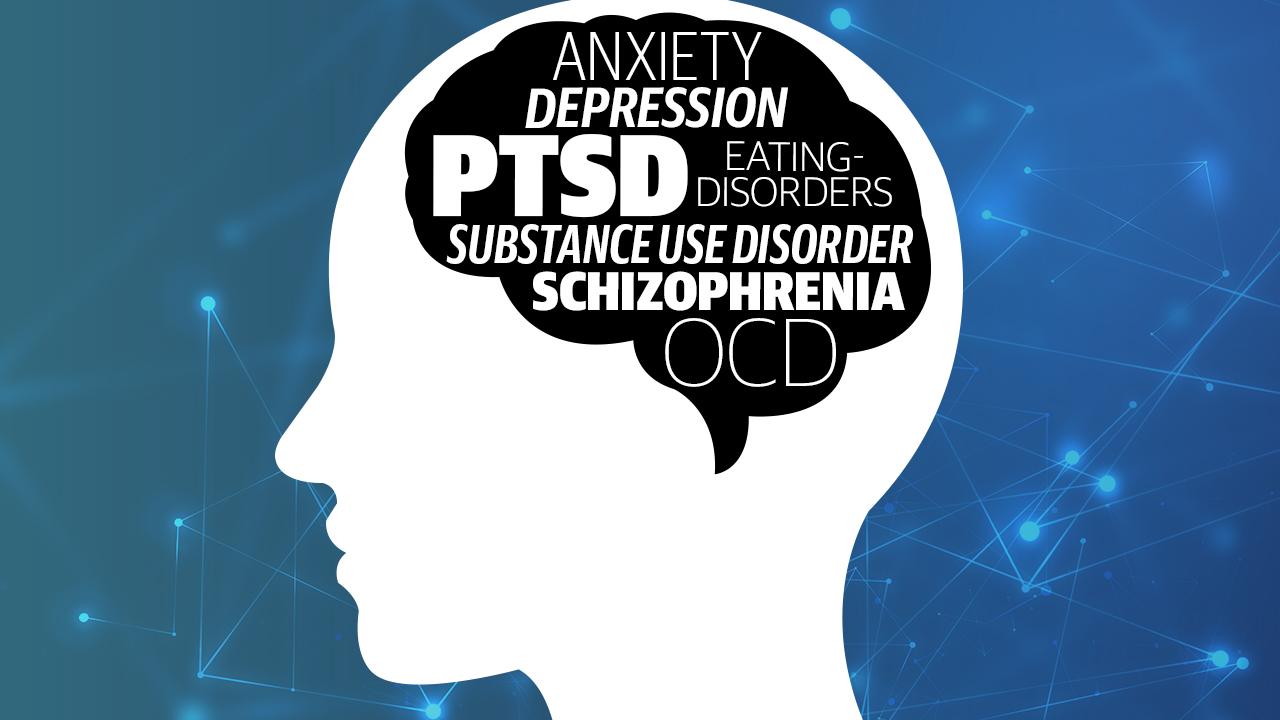












![WW [Weight Watchers]](https://healthheavenjourney.com/admins/wp-content/uploads/2023/09/pexels-annushka-ahuja-7991916-scaled.jpg)
![WW [Weight Watchers]](https://healthheavenjourney.com/wp-content/uploads/2023/09/pexels-anna-shvets-4482936-200x300.jpg)
![WW [Weight Watchers]](https://healthheavenjourney.com/wp-content/uploads/2023/09/pexels-andres-ayrton-6551106-200x300.jpg)













